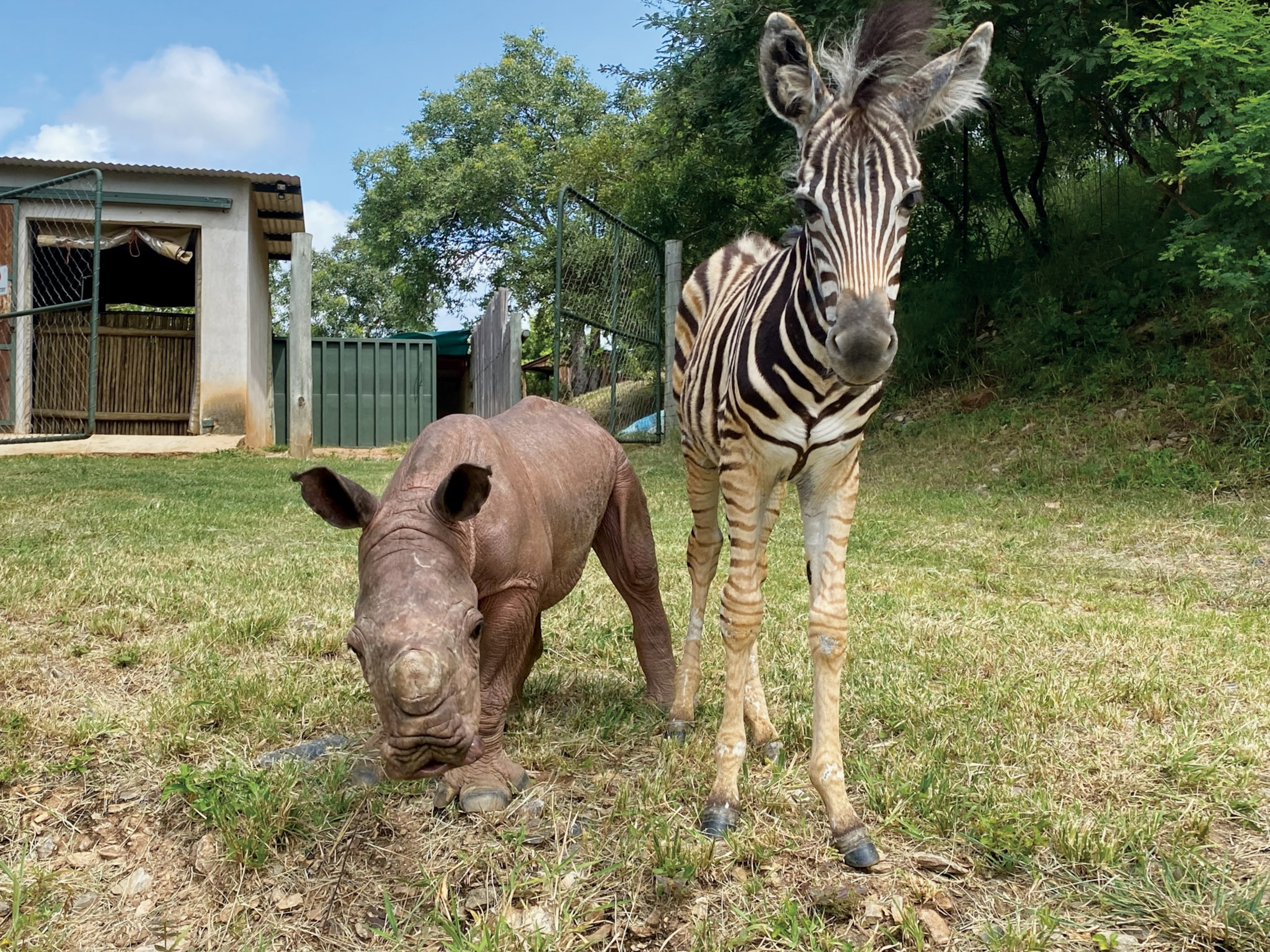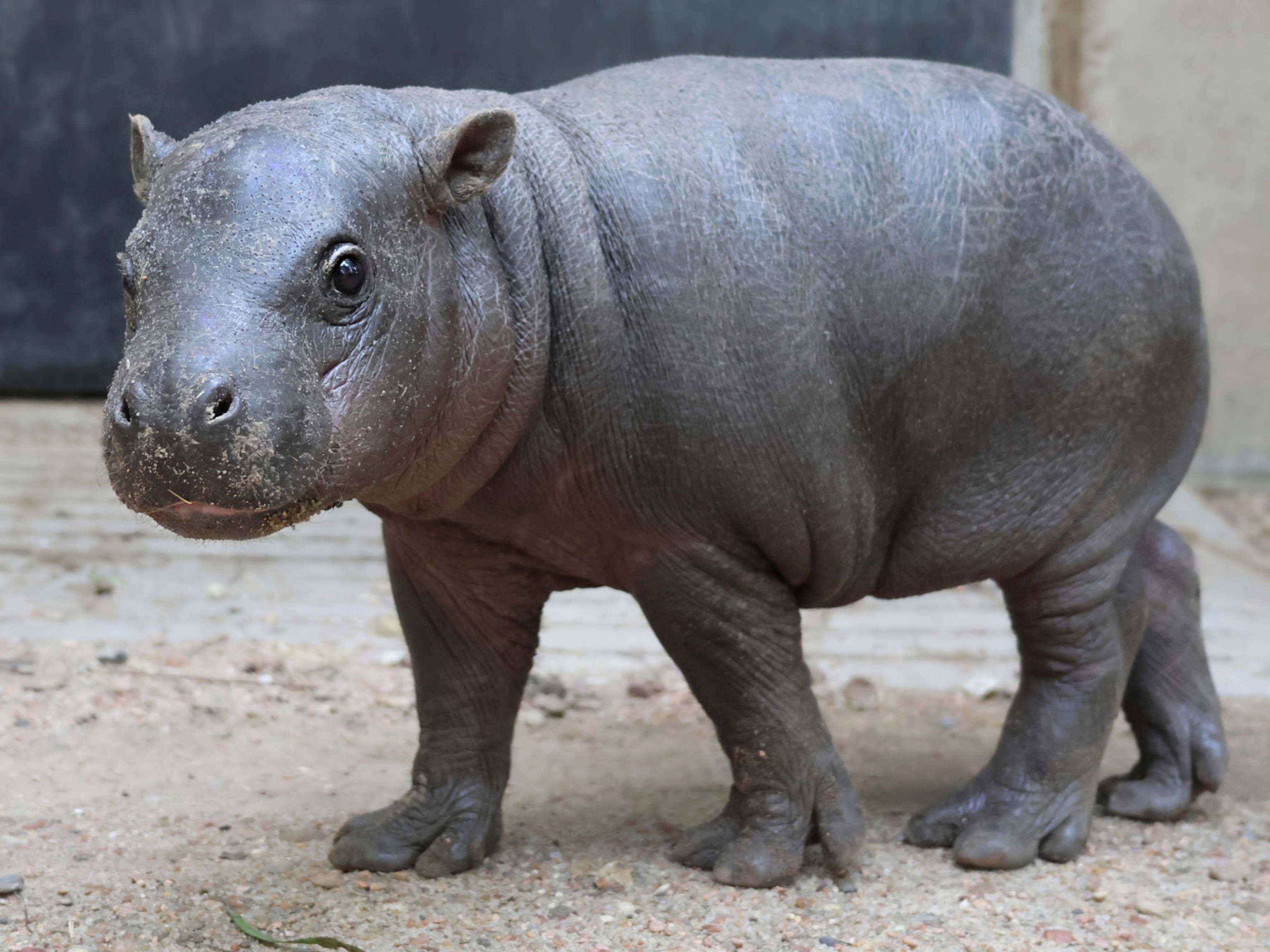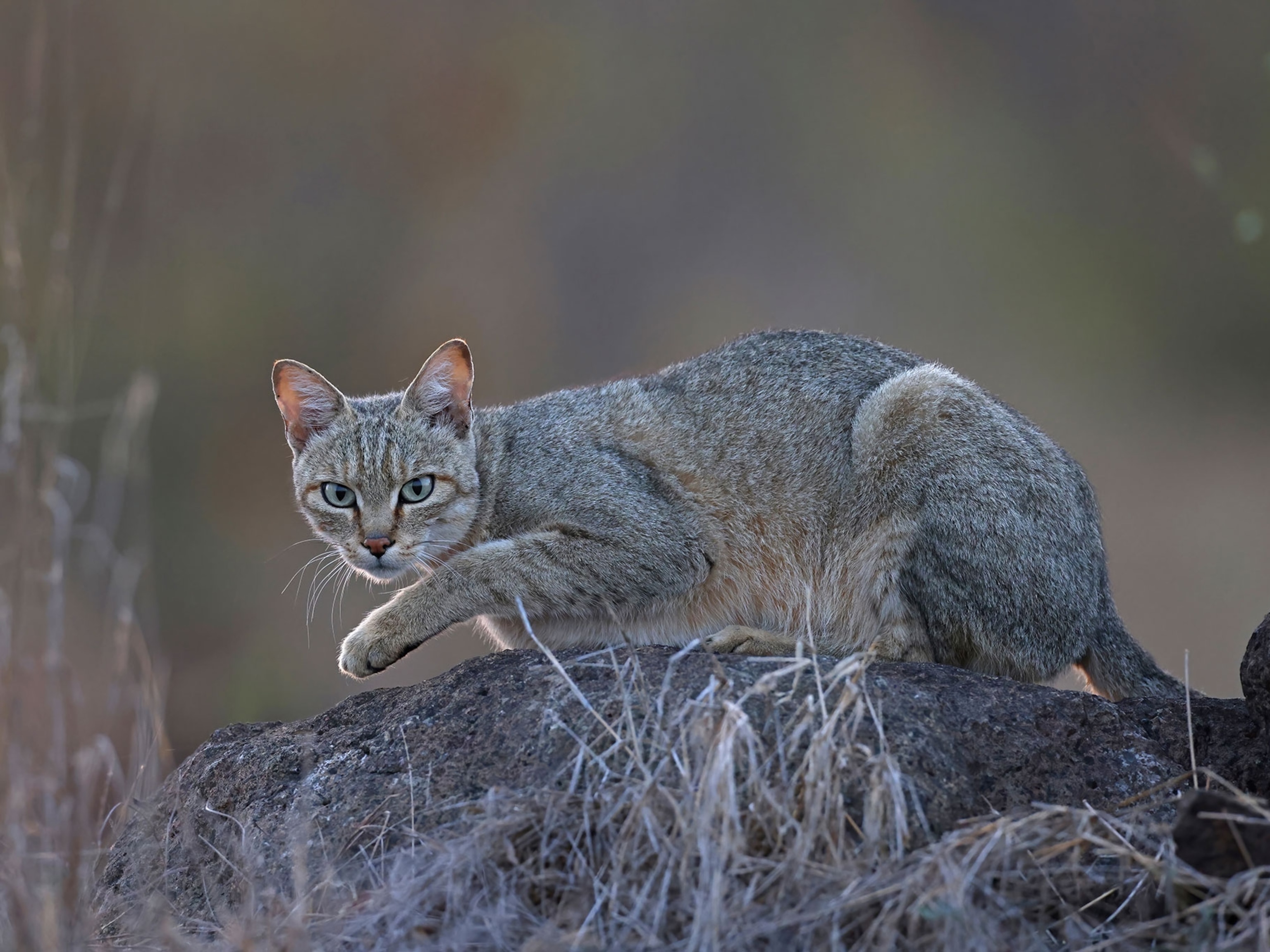
Why Do Zebras Have Stripes? New Study Makes Temperature Connection
Zebras in warmer climates sport more stripes, perhaps to keep them cool or healthy.
A leopard may not be able to change its spots, but some zebras change their stripes. Zebras in warmer places have more stripes, a new study shows, which might help answer an age-old question: Why stripes?
The answer probably comes down to keeping zebras cool and fending off disease-causing insects that are more common in hotter climates, researchers reported Tuesday in the journal Royal Society Open Science.
All three species of zebra have bold black and white stripes that stand out among more drab-looking African grazers, like buffalo and antelope, especially against a plain savanna background. And standing out would seem to make a zebra more likely to become a lion's lunch.
This "stripe riddle" has puzzled scientists, including Darwin, for over a century. There are five main hypotheses for why zebras have the stripes: to repel insects, to provide camouflage through some optical illusion, to confuse predators, to reduce body temperature, or to help the animals recognize each other. (See "Zebra Stripes Evolved to Repel Bloodsuckers?")
A new analysis of the plains zebra—the most common species, which ranges from Ethiopia to South Africa—doesn't tease out one theory as the definitive winner.
But it does show that temperature is the factor most strongly linked to striping: More specifically, the warmer it is, the more stripes on the zebra.
Of Every Stripe
Brenda Larison, a biologist at the University of California, Los Angeles, and colleagues visited 16 zebra populations throughout Africa and studied their stripe patterns, in a project supported by National Geographic Society's Committee for Research and Exploration. (See pictures of zebras in National Geographic magazine.)
The team then measured 29 different environmental factors—such as soil moisture, rainfall, prevalence of disease—carrying tsetse flies, and distribution of lions-and plugged them into a computer model to see which ones were related to differences in stripe patterns across the zebra's range.
The two factors that mattered most, said Larison, were how consistent the temperature was in a particular area and the average temperature during the coldest part of the year.
The researchers then went a step further, using the two temperature variables to predict the striping patterns of zebra populations not included in the study.
"We were able to show that we could predict it with significant accuracy," Larison said.
Cooling Effect?
Why temperature affects striping is another question, she said, but there are two possible reasons.
One is the "cooling eddy" theory. When air hits a zebra, the currents are stronger and faster over the black parts (since black absorbs more heat than white) and slower over the white. At the juncture of these two opposing airflows, little eddies of air may swirl and serve to cool a zebra's skin. (Download zebra-stripes desktop wallpaper.)
For instance, Larison said, there's evidence that heavily striped zebras have 5.4-degree Fahrenheit (3 degrees Celsius) lower skin temperatures than other non-striped mammals in the same area.
The other idea holds that more stripes may be a barrier against disease, since disease-carrying biting flies, like horseflies, tend to like it hot. Experiments in the field have shown that biting flies don't like landing on striped surfaces.
Tim Caro, a biologist at the University of California, Davis, supports the disease theory. "We're getting a lot of similarities in our findings," said Caro, whose own research showed that striping is linked to repelling biting flies. (Related: "Why Do Zebras Have Stripes? New Study Offers Strong Evidence.")
"Diseases carried by horseflies are really nasty," he said. "They can hold a lot of diseases like equine influenza, and it's possible that those diseases are going to be more of a problem under warmer, wetter conditions."
Kiss of Death for Lion Hypothesis
Neither the new study nor Caro's work found a link between striping and lion populations. (Watch a video: "Lions vs. Zebra.")
"A lot of people in the public think that stripes have to do with confusing predators," he said.
"This is the kiss of death for that particular idea."





